 Most of us enter fatherhood with very little knowledge on how to raise a baby let alone bring up a good human being. We’ve held our nephews and nieces in our arms but feeding, cleaning, soothing, burping, changing nappies, nurturing is something that we are thrown into…and I mean thrown.
Most of us enter fatherhood with very little knowledge on how to raise a baby let alone bring up a good human being. We’ve held our nephews and nieces in our arms but feeding, cleaning, soothing, burping, changing nappies, nurturing is something that we are thrown into…and I mean thrown.
We’re never shown what we need to do to be a successful new dad. We definitely get a feel on what is the right way to bring up a child from watching how we were raise and because our parents were never taught the right way too, many mad bad mistakes.
When I see other people speak so lovingly of their parents, I feel they must have done a good job.
There are millions of dads and grandads that have dedicated themselves to raising good kids and been successful at it, success often comes from being intentional and dedicating time to solely focus on bringing up your child.
Let’s face it, it doesn’t matter whether you’re at home with your partner, separated or divorce? you need to be good at this!
I have put together some greats tips on how to raise kids at different ages, check out this first series on handling new borns.
Tips on handling a new born baby
If you haven’t spent a lot of time around newborns, here are a few basics to remember:
- Wash your hands before handling your baby. Newborns don’t have a strong immune system yet, so they’re at risk for infection. Make sure that everyone who handles your baby has clean hands.
- Support your baby’s head and neck. Cradle the head when carrying your baby and support the head when carrying the baby upright or when you lay your baby down.
- Never shake your newborn. Shaking can cause bleeding in the brain and even death. If you need to wake your infant, don’t do it by shaking — instead, tickle your baby’s feet or blow gently on a cheek.
- Make sure your baby is securely fastened into the carrier, stroller, or car seat. Limit any activity that could be too rough or bouncy.
- Remember that your newborn is not ready for rough play, such as being jiggled on the knee or thrown in the air.
Bonding and Soothing
 Bonding, probably one of the most pleasurable parts of infant care, happens during the sensitive time in the first hours and days after birth when parents make a deep connection with their infant. Physical closeness can promote an emotional connection.
Bonding, probably one of the most pleasurable parts of infant care, happens during the sensitive time in the first hours and days after birth when parents make a deep connection with their infant. Physical closeness can promote an emotional connection.
For infants, the attachment contributes to their emotional growth, which also affects their development in other areas, such as physical growth. Another way to think of bonding is “falling in love” with your baby. Children thrive from having a Dad or other adult in their life who loves them unconditionally.
Begin bonding by cradling your baby and gently stroking him or her in different patterns. Both you and your partner can also take the opportunity to be “skin-to-skin,” holding your newborn against your own skin while feeding or cradling.
Babies, especially premature babies and those with medical problems, may respond to infant massage. Certain types of massage may enhance bonding and help with infant growth and development. Many books and videos cover infant massage — ask your doctor for recommendations. Be careful, however — babies are not as strong as adults, so massage your baby gently.
Babies usually love vocal sounds, such as talking, babbling, singing, and cooing. Your baby will probably also love listening to music. Baby rattles and musical mobiles are other good ways to stimulate your infant’s hearing. If your little one is being fussy, try singing, reciting poetry and nursery rhymes, or reading aloud as you sway or rock your baby gently in a chair.
Some babies can be unusually sensitive to touch, light, or sound, and might startle and cry easily, sleep less than expected, or turn their faces away when someone speaks or sings to them. If that’s the case with your baby, keep noise and light levels low to moderate.
Swaddling, which works well for some babies during their first few weeks, is another soothing technique first-time parents should learn. Proper swaddling keeps a baby’s arms close to the body while allowing for some movement of the legs.
Not only does swaddling keep a baby warm, but it seems to give most newborns a sense of security and comfort. Swaddling also may help limit the startle reflex, which can wake a baby. Baby should not be swaddled after 2 months old.
Putting a nappy on
 You’ll probably decide before you bring your baby home whether you’ll use cloth or disposable nappies. Whichever you use, your little one will dirty nappies about 10 times a day, or about 70 times a week.
You’ll probably decide before you bring your baby home whether you’ll use cloth or disposable nappies. Whichever you use, your little one will dirty nappies about 10 times a day, or about 70 times a week.
Before putting a nappy on your baby, make sure you have all supplies within reach so you won’t have to leave your infant unattended on the changing table. You’ll need:
- a clean nappy
- fasteners (if cloth prefold nappy are used)
- nappy ointment
- nappy wipes (or a container of warm water and a clean washcloth or cotton balls)
After each bowel movement or if the nappy is wet, lay your baby on his or her back and remove the dirty nappy. Use the water, cotton balls, and washcloth or the wipes to gently wipe your baby’s genital area clean. When removing a boy’s nappy, do so carefully because exposure to the air may make him urinate. When wiping a girl, wipe her bottom from front to back to avoid a urinary tract infection. To prevent or heal a rash, apply ointment. Always remember to wash your hands thoroughly after changing a nappy.
Nappy rash is a common concern. Typically the rash is red and bumpy and will go away in a few days with warm baths, some nappy cream, and a little time out of the diaper. Most rashes happen because the baby’s skin is sensitive and becomes irritated by the wet or pooy diaper.
To prevent or heal nappy rash, try these tips:
- Change your baby’s diaper often, and as soon as possible after bowel movements.
- Gently clean the area with mild soap and water (wipes sometimes can be irritating), then apply a very thick layer of nappy rash or “barrier” cream. Creams with zinc oxide are preferred because they form a barrier against moisture.
- If you use a cloth nappy, wash them in fragrance-free detergents.
- Let the baby go un-nappied for part of the day. This gives the skin a chance to air out.
If the nappy rash continues for more than 3 days or seems to be getting worse, call your doctor — it may be caused by a fungal infection that requires specialist treatment.
Bathing Basics
You should give your baby a sponge bath until:
- the umbilical cord falls off and the navel heals completely (1–4 weeks)
- the circumcision heals (1–2 weeks)
A bath two or three times a week in the first year is fine. More frequent bathing may be drying to the skin.
Have these items ready before bathing your baby:
- a soft, clean washcloth
- mild, unscented baby soap and shampoo
- towels or blankets
- a clean diaper
- clean clothes
Sponge baths. For a sponge bath, select a safe, flat surface (such as a changing table, floor, or counter) in a warm room. Fill a sink, if nearby, or bowl with warm (not hot!) water. Undress your baby and wrap him or her in a towel.
Wipe your infant’s eyes with a washcloth (or a clean cotton ball) dampened with water only, starting with one eye and wiping from the inner corner to the outer corner. Use a clean corner of the washcloth or another cotton ball to wash the other eye.
Clean your baby’s nose and ears with the damp washcloth. Then wet the cloth again and, using a little soap, wash his or her face gently and pat it dry.
Next, using baby shampoo, create a lather and gently wash your baby’s head and rinse. Using a wet cloth and soap, gently wash the rest of the baby, paying special attention to creases under the arms, behind the ears, around the neck, and in the genital area. Once you have washed those areas, make sure they are dry and then diaper and dress your baby.
 Tub baths. When your baby is ready for tub baths, the first baths should be gentle and brief. If he or she becomes upset, go back to sponge baths for a week or two, then try the bath again.
Tub baths. When your baby is ready for tub baths, the first baths should be gentle and brief. If he or she becomes upset, go back to sponge baths for a week or two, then try the bath again.
In addition to the supplies listed above, add:
- an infant tub with 2 to 3 inches of warm — not hot! — water (to test the water temperature, feel the water with the inside of your elbow or wrist). An infant tub is a plastic tub that can fit in the bathtub; it’s a better size for babies and makes bathing easier to manage.
Never leave the baby alone. If you need to leave the bathroom, wrap the baby in a towel and take him or her with you.
Circumcision and Umbilical Cord Care
Immediately after circumcision, the tip of the penis is usually covered with gauze coated with petroleum jelly to keep the wound from sticking to the diaper. Gently wipe the tip clean with warm water after a nappy change, then apply petroleum jelly to the tip so it doesn’t stick to the diaper.
Redness or irritation of the penis should heal within a few days, but if the redness or swelling increases or if pus-filled blisters form, infection may be present and you should call your baby’s doctor immediately.
Umbilical cord care in newborns is also important. Some doctors suggest swabbing the area with rubbing alcohol until the cord stump dries up and falls off, usually in 10 days to 3 weeks, but others recommend leaving the area alone. Talk to your child’s doctor to see what he or she prefers.
An infant’s navel area shouldn’t be submerged in water until the cord stump falls off and the area is healed. Until it falls off, the cord stump will change color from yellow to brown or black — this is normal. Call your doctor if the navel area looks red or if a foul odor or discharge develops.
Feeding and Burping Your Baby
 Whether feeding your newborn by breast or a bottle, you may be stumped as to how often to do so. Generally, it’s recommended that babies be fed on demand — whenever they seem hungry. Your baby may cue you by crying, putting fingers in his or her mouth, or making sucking noises.
Whether feeding your newborn by breast or a bottle, you may be stumped as to how often to do so. Generally, it’s recommended that babies be fed on demand — whenever they seem hungry. Your baby may cue you by crying, putting fingers in his or her mouth, or making sucking noises.
A newborn baby needs to be fed every 2 to 3 hours. If your partner is breastfeeding, give your baby the chance to nurse about 10–15 minutes at each breast. If you’re formula-feeding, your baby will most likely take about 2–3 ounces (60–90 milliliters) at each feeding.
Some newborns may need to be awakened every few hours to make sure they get enough to eat. Call your baby’s doctor if you need to wake your newborn often or if your baby doesn’t seem interested in eating or sucking.
If you’re formula-feeding, you can easily monitor if your baby is getting enough to eat, but if your partners breastfeeding, it can be a little trickier. If your baby seems satisfied, produces about six wet nappies and several poo’s a day, sleeps well, and is gaining weight regularly, then he or she is probably eating enough.
Another good way to tell if your baby is getting milk is to ask your partners if their breasts feel full before feeding your baby and less full after feeding. Talk to your doctor if you have concerns about your child’s growth or feeding schedule.
Babies often swallow air during feedings, which can make them fussy. To help prevent this, burp your baby often. Try burping your baby every 2–3 ounces (60–90 milliliters) if you bottle-feed, and each time your partner switches breasts if breastfeeding.
If your baby tends to be gassy, has gastro reflux, or seems fussy during feeding, try burping your little one after every ounce during bottle-feeding or every 5 minutes during breastfeeding.
Try these burping tips:
- Hold your baby upright with his or her head on your shoulder. Support your baby’s head and back while gently patting the back with your other hand.
- Sit your baby on your lap. Support your baby’s chest and head with one hand by cradling your baby’s chin in the palm of your hand and resting the heel of your hand on your baby’s chest (be careful to grip your baby’s chin — not throat). Use the other hand to gently pat your baby’s back.
- Lay your baby face-down on your lap. Support your baby’s head, making sure it’s higher than his or her chest, and gently pat or rub his or her back.
If your baby doesn’t burp after a few minutes, change the baby’s position and try burping for another few minutes before feeding again. Always burp your baby when feeding time is over, then keep him or her in an upright position for at least 10–15 minutes to avoid spitting up.
Sleeping Basics
 As a new dad, you may be surprised to learn that your newborn, who seems to need you every minute of the day, actually sleeps about 16 hours or more!
As a new dad, you may be surprised to learn that your newborn, who seems to need you every minute of the day, actually sleeps about 16 hours or more!
Newborns typically sleep for periods of 2–4 hours. Don’t expect yours to sleep through the night — the digestive system of babies is so small that they need nourishment every few hours and should be awakened if they haven’t been fed for 4 hours (or more often if your doctor is concerned about weight gain).
When can you expect your baby to sleep through the night? Many babies sleep through the night (between 6–8 hours) at 3 months of age, but if yours doesn’t, it’s not a cause for concern. Like adults, babies must develop their own sleep patterns and cycles, so if your newborn is gaining weight and appears healthy, don’t despair if he or she hasn’t slept through the night at 3 months.
It’s important to always place babies on their backs to sleep to reduce the risk of SIDS (sudden infant death syndrome). Other safe sleeping practices include: not using blankets, quilts, sheepskins, stuffed animals, and pillows in the crib or bassinet (these can suffocate a baby); and sharing a bedroom (but not a bed) with the parents for the first 6 months to 1 year. Also be sure to alternate the position of your baby’s head from night to night (first right, then left, and so on) to prevent the development of a flat spot on one side of the head.
Many newborns have their days and nights “mixed up.” They tend to be more awake and alert at night, and more sleepy during the day. One way to help them is to keep stimulation at night to a minimum. Keep the lights low, such as by using a nightlight. Reserve talking and playing with your baby for the daytime. When your baby wakes up during the day, try to keep him or her awake a little longer by talking and playing.
Even though you may feel anxious about handling a newborn, in a few short weeks you’ll develop a routine and be parenting like a pro! If you have questions or concerns, ask your doctor to recommend resources that can help you and your baby grow together.
Dad’s I hope this has been informative, share it with a new dad you know and we’d be very interested to read how you are going, put your comments in the box below and share your story with us and other dads.
Thank you to Kids Health for this valuable information for new Dads.


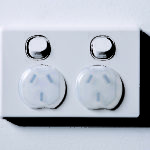








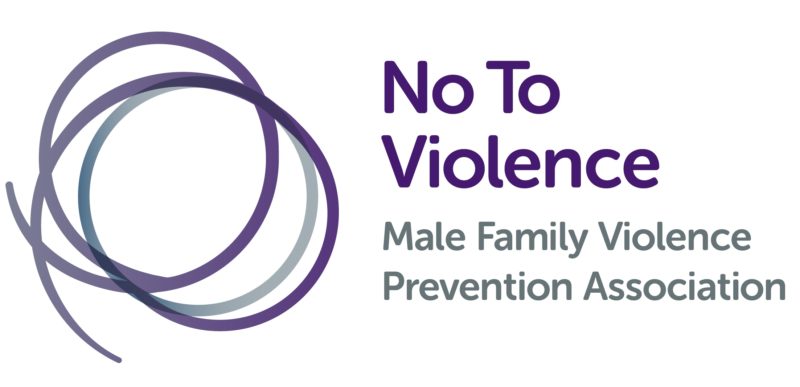
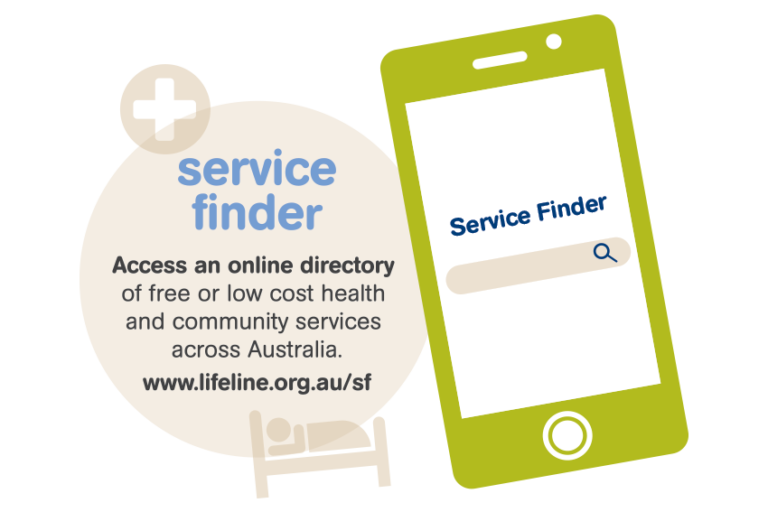
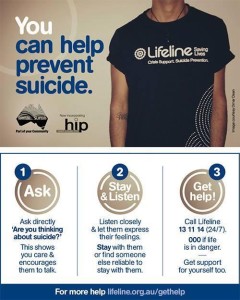

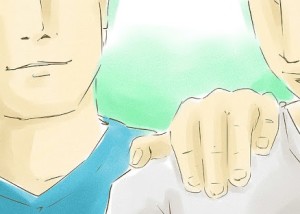



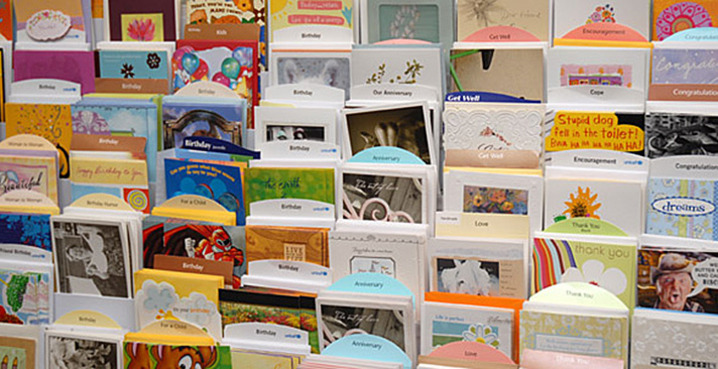

Recent comments